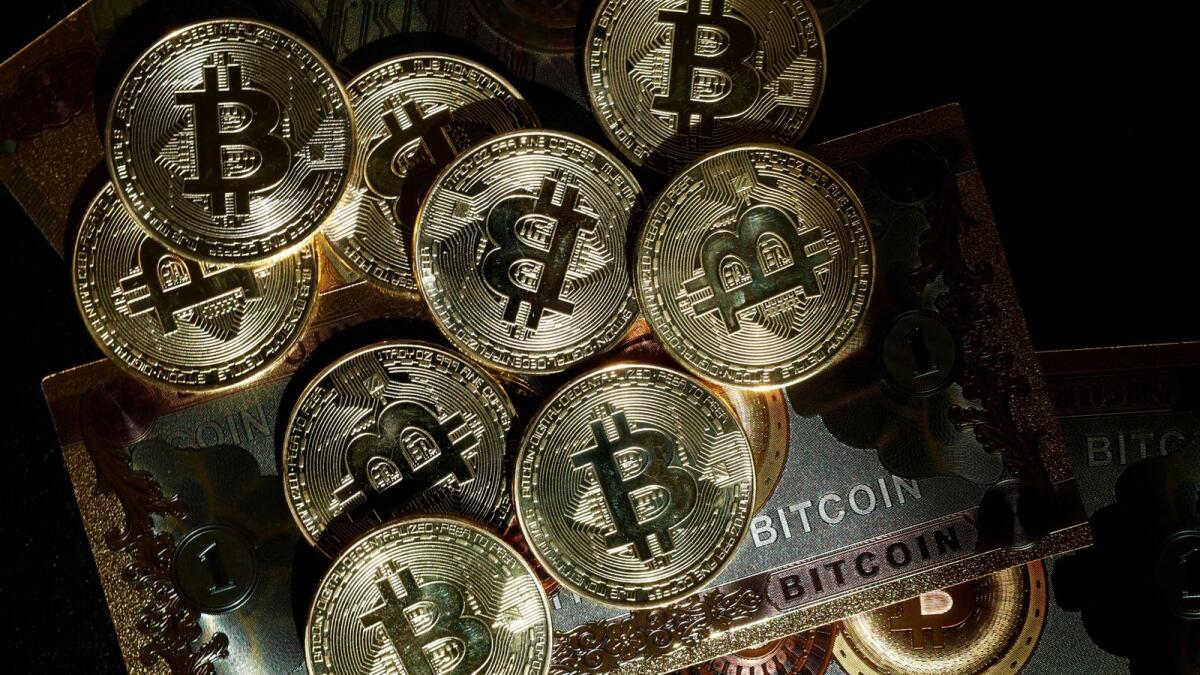The United Arab Emirates (UAE) is emerging as a major player in the global digital assets market, with significant growth potential. According to the Economist Research Report, the global market for tokenized assets is projected to reach $10.9 trillion by 2030, up from $0.4 trillion in 2023. The market capitalization of crypto assets has also reached $2 trillion by the end of 2021, with expectations for a fivefold increase by the end of the decade. With the UAE’s regulatory advancements and active market participation, the country is poised to capture a significant share of this growing market.
A recent research brief released by OKX and Economist Impact highlights the increasing interest of institutional investors in digital assets as a promising asset class with substantial growth potential. The brief identifies four key focus areas for institutions looking to enter the digital asset market: asset allocation, custody, regulation, and risk management. Liquidity, market integration, and compliance are also essential factors for institutions considering entry into the market.
Insights from the research brief were gathered from a roundtable discussion in Dubai featuring senior business leaders in digital assets and finance, as well as desk research and interviews with representatives from leading financial services and investment firms. The report reveals that mainstream and institutional investors in the UAE are increasingly incorporating digital assets into their portfolios, recognizing them as a promising and expanding asset class.
Institutional investors are attracted to the diversification benefits of digital assets, given their low correlation with traditional asset classes. As per the Economist Research Report, some institutional investors are already allocating between 1% to 5% of their portfolios to digital assets, with expectations for this allocation to grow in the future. The report suggests that by 2027, digital assets could constitute around 7.2% of institutional portfolios.
Institutions are planning to increase their portfolio allocations to crypto through various investment strategies, with spot crypto allocations, staking of digital assets, and crypto derivatives being considered. A significant majority of institutional investors anticipate increasing their allocations to digital assets and related products in the next two to three years, with the rise of institutional-grade custodians providing new opportunities for investors to access the digital asset markets.
The institutional digital asset custody market is experiencing rapid growth and is projected to have a compound annual growth rate of over 23% through 2028. Risk management is identified as a crucial step for digital assets to become part of institutional portfolios, with robust infrastructure, security measures, and adoption of new technologies such as proof-of-reserves highlighted as key factors for increasing institutional adoption of digital assets.
Overall, there is a growing consensus among institutional investors that digital assets, including cryptocurrencies, NFTs, and tokenized private funds, have an important role to play in portfolio asset allocations. As digital assets gain prominence in financial markets, regulatory standardization and sophisticated custody and risk management solutions tailored to digital assets are crucial considerations for institutional investors. The UAE’s outlook for digital assets is positive, driven by regulatory support and advancements in blockchain technology and digital security infrastructure. The country is well-positioned to capitalize on the increasing adoption of digital assets in institutional portfolios.











